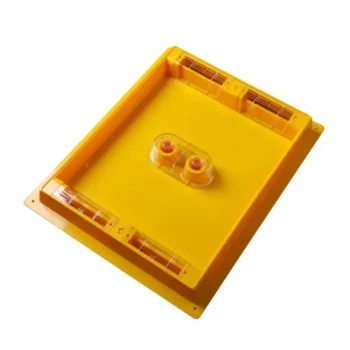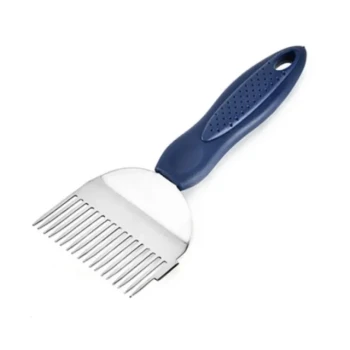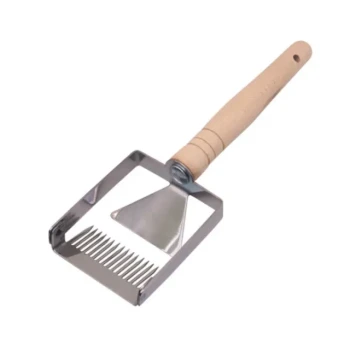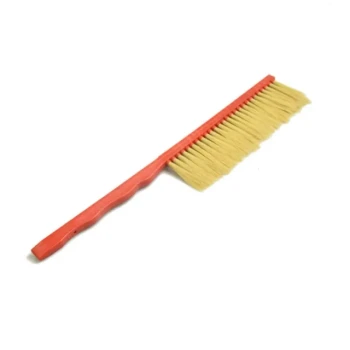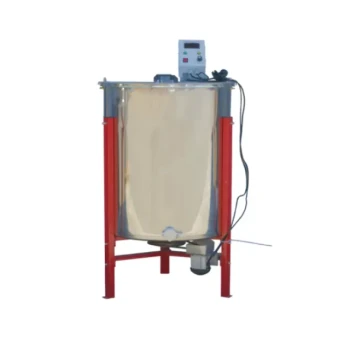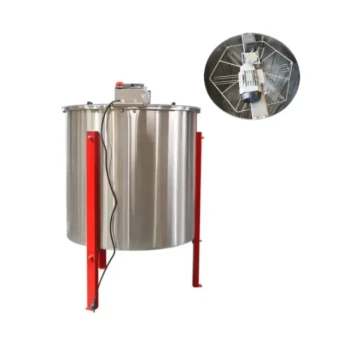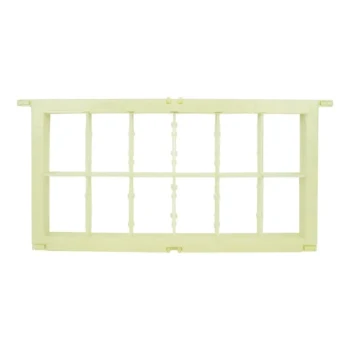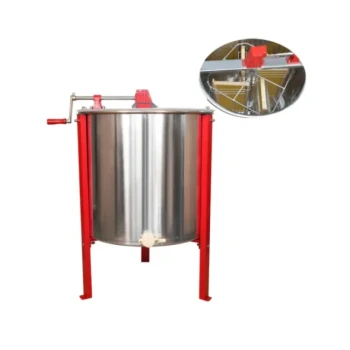A beekeeper's box is most often called a hive body, brood box, or super. These are the fundamental, stackable components of a modern beehive, with each box serving a specific role for the colony. While these terms are sometimes used interchangeably, they have distinct meanings that are critical to understanding how a beehive is managed.
The key insight is that a modern beehive isn't just one box; it's a modular system. The different boxes, or "supers," are designed to separate the queen's egg-laying and brood-rearing area from the areas where bees store surplus honey intended for harvest.
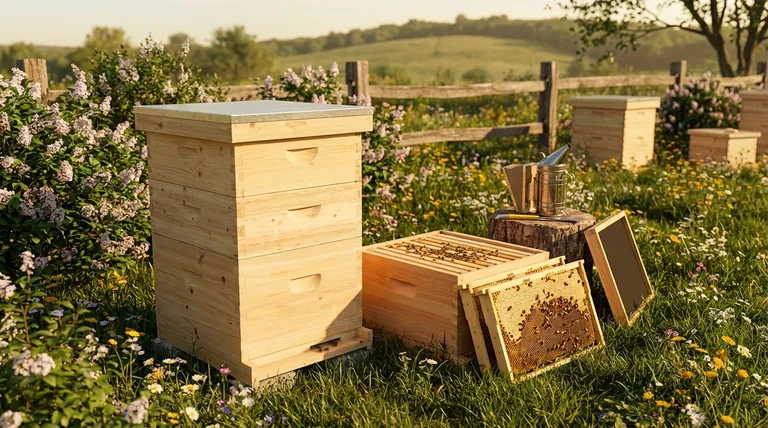
Deconstructing the Modern Beehive
The stackable, rectangular box system used by most beekeepers today is known as a Langstroth hive. Its design revolutionized beekeeping by allowing inspection and honey harvesting without destroying the colony. It consists of several key box types.
The Foundation: The Brood Box (or Hive Body)
This is the primary residence of the bee colony. It's the large, deep box at the bottom of the stack.
The brood box is also called the hive body or brood chamber. Inside, it holds a series of removable frames where the queen bee lays her eggs. This area, known as the brood nest, is where the next generation of bees is raised.
Bees also use the frames in the brood box to store pollen and honey for their own consumption, especially to survive the winter.
The Honey Super: The Box for Harvest
A honey super is any box placed on top of the brood box. The term "super" is short for "superstructure," meaning a structure built on top of something else.
The purpose of these supers is to give the bees extra space to store surplus honey. A thin screen, called a queen excluder, is often placed between the brood box and the honey supers. This barrier is large enough for worker bees to pass through but too small for the queen, ensuring she does not lay eggs in the honey meant for harvest.
These boxes are often shallower and lighter than the main brood box, making them easier for the beekeeper to lift and handle when full of honey.
Understanding the Terminology Pitfalls
The language used by beekeepers can be confusing because the same word can be used in general and specific ways. Clarifying this is essential.
The Source of the Confusion
Technically, any box added to a hive—including a second brood box—is a "super" because it is placed upon the box below it. This is why you will sometimes hear a brood box referred to as a "hive body super."
The Practical Distinction
In everyday practice, however, beekeepers make a clear distinction.
When they say brood box or hive body, they are almost always referring to the deep bottom boxes reserved for the queen and brood.
When they say honey super or just super, they are referring to the boxes stacked on top that are intended for the collection of surplus honey.
Making the Right Choice for Your Goal
Understanding this distinction is the first step in managing a hive effectively. The modularity of the Langstroth hive is what makes modern, sustainable beekeeping possible.
- If your primary focus is the colony's health: Your main concern is the brood box, ensuring the queen has ample space to lay and the colony has enough food stores to survive.
- If your primary focus is harvesting honey: Your attention will be on adding and managing the honey supers, giving the bees space to work and knowing when the honey is ready to collect.
This separation of functions between the brood box and the honey super is the core principle that empowers beekeepers to support their colonies while harvesting honey.
Summary Table:
| Box Type | Common Name(s) | Primary Function |
|---|---|---|
| Brood Box | Hive Body, Brood Chamber | The colony's primary residence where the queen lays eggs and bees raise brood. |
| Honey Super | Super | Added on top of the brood box for bees to store surplus honey for harvest. |
Ready to equip your apiary with the right boxes?
As a leading wholesale supplier to commercial apiaries and distributors, HONESTBEE provides the durable, high-quality hive bodies and supers you need to build and manage productive hives at scale. Our equipment is designed for the demands of professional beekeeping.
Contact our team today to discuss your wholesale needs and keep your operations buzzing.
Visual Guide
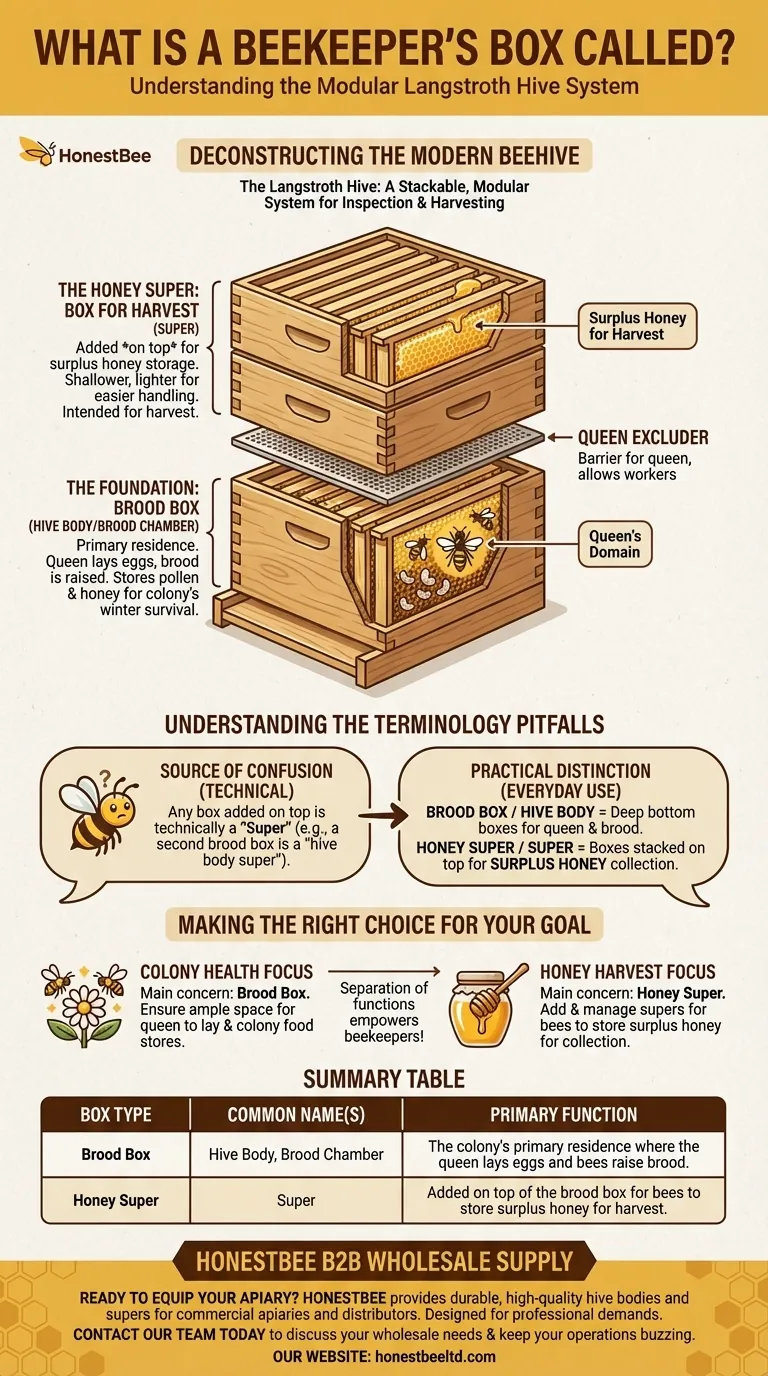
Related Products
- Langstroth Bee Hives Bee Keeping Box for Beginners Beekeeping
- Professional Hive Top Bee Feeder for Beekeeping
- Wholesales Dadant Size Wooden Bee Hives for Beekeeping
- Boardman Entrance Bee Feeder Durable Galvanized Steel and Wood Construction for Beekeeping
- Professional Hive Front Entrance Bee Feeder
People Also Ask
- What are the different types of beehive boxes available? Choose the Right Hive for Your Apiary
- How does the orientation of the hive sides benefit comb construction? Ensure Straight, Movable Combs for Easier Hive Management
- Why might a beginner be advised to start with a Langstroth hive? Unlock a Supportive Beekeeping Ecosystem
- Why were wooden hives traditionally preferred? For Natural Beekeeping Aligned with Bee Biology
- What is the best type of bee hive for beginners? Start with the Proven Langstroth Standard

